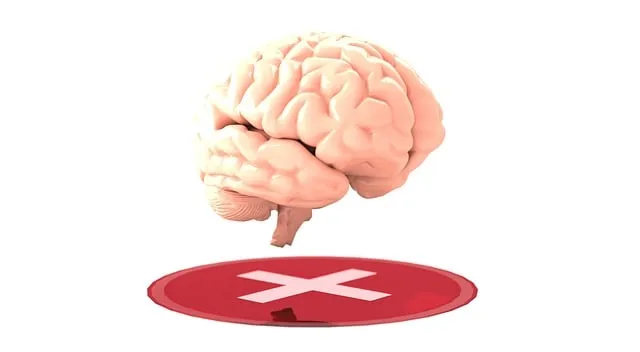Assessing the impact of mental wellness programs at Centennial Kaiser Permanente involves a strategic combination of quantitative and qualitative data collection through metrics, surveys, and organizational culture analysis. By tracking participation rates, symptom severity changes, employee engagement, retention rates, and open communication about mental health, they can evaluate program effectiveness aligned with objectives like burnout prevention and resilience building. Surveys based on Mind Over Matter Principles gather valuable participant feedback to refine and enhance the continuous improvement of their mental health initiatives.
Evaluating mental wellness programs is paramount in ensuring their effectiveness and impact. This article explores diverse methods to assess and enhance these initiatives, drawing insights from the expertise of Centennial Kaiser Permanente. We delve into quantifiable metrics and surveys to measure program success, while also highlighting qualitative techniques like interviews, focus groups, and case studies for deeper understanding. Additionally, we emphasize continuous improvement through data-driven decision-making and feedback loops, crucial for adapting programs to meet evolving needs, reflecting best practices in mental health care.
- Assessing Program Impact: Metrics and Surveys
- – Defining key performance indicators (KPIs) for mental wellness programs
- – Developing and administering surveys to gauge participant experiences and outcomes
Assessing Program Impact: Metrics and Surveys

Assessing the impact of mental wellness programs is paramount to understanding their effectiveness, particularly in organizations like Centennial Kaiser Permanente dedicated to holistic healthcare. Metrics and surveys are powerful tools for gauging success. Quantitative data, such as participation rates and changes in symptom severity scores over time, provide tangible evidence of program outcomes. For instance, tracking the reduction in depression symptoms through standardized assessment tools can demonstrate the efficacy of initiatives focused on Depression Prevention.
Qualitative feedback from participants through surveys also offers valuable insights into their Emotional Healing Processes. These perspectives may highlight specific aspects of the program that resonate deeply with individuals, such as Mindfulness Meditation techniques, fostering a sense of community, or enhancing coping strategies. By combining both quantitative and qualitative approaches, organizations like Centennial Kaiser Permanente can paint a comprehensive picture of their mental wellness programs’ impact and make data-driven decisions for continuous improvement.
– Defining key performance indicators (KPIs) for mental wellness programs

Evaluating mental wellness programs requires a strategic approach to measure their effectiveness. One crucial step is defining key performance indicators (KPIs) that align with the program’s objectives. For instance, if a Centennial Kaiser Permanente mental health initiative focuses on burnout prevention and resilience building, KPIs could include tracking participant reports of reduced stress levels, improved job satisfaction, and increased emotional well-being over time. These metrics provide tangible evidence of the program’s success in fostering mental wellness within their workforce.
Furthermore, considering the impact on organizational culture is essential. Metrics like employee engagement scores, retention rates, and open communication about mental health issues can reflect the broader benefits of such programs. By setting specific, measurable KPIs, Centennial Kaiser Permanente can ensure that their Mental Wellness Podcast Series Production effectively contributes to a positive and supportive work environment, ultimately enhancing overall mental wellness within the organization.
– Developing and administering surveys to gauge participant experiences and outcomes

Evaluating a mental wellness program requires a comprehensive approach, and one effective method is designing and distributing surveys to gather valuable insights from participants. These surveys play a pivotal role in understanding the impact and effectiveness of the program, particularly in organizations like Centennial Kaiser Permanente focused on mental health initiatives. By administering well-structured questionnaires, the program’s leaders can assess participant experiences, satisfaction levels, and the perceived benefits of various interventions.
The survey process involves careful consideration of questions aligned with Mind Over Matter Principles, which encourage self-reflection and honest feedback. This might include inquiries about the usability of communication strategies employed during the program, the effectiveness of mindfulness meditation techniques in reducing stress or anxiety, and overall improvements in mental wellness. Such surveys provide a direct line of communication between participants and program coordinators, allowing for continuous improvement and refinement based on real-world experiences.
Evaluating the impact of mental wellness programs, such as those offered by Centennial Kaiser Permanente, is essential for understanding their effectiveness. By defining key performance indicators (KPIs) and utilizing surveys to gather participant feedback, organizations like Kaiser Permanente can gain valuable insights into program success. This data-driven approach allows for continuous improvement, ensuring that mental health initiatives truly make a positive difference in the lives of those they serve. Through rigorous evaluation methods, programs can be refined to better support individual well-being, ultimately fostering healthier communities.
